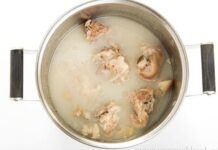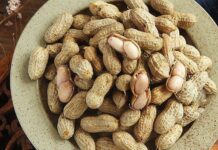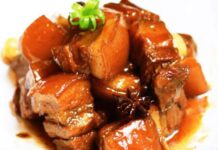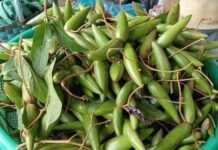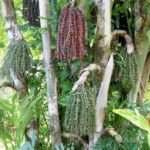Angelica, or ngải tiên in Vietnamese, is a versatile plant with a wide range of medicinal uses. Its various parts, including the roots, flowers, and leaves, are all utilized in traditional Eastern medicine. Here is a comprehensive guide to the benefits and applications of this remarkable herb.
1. Introduction to Angelica
Names of Angelica
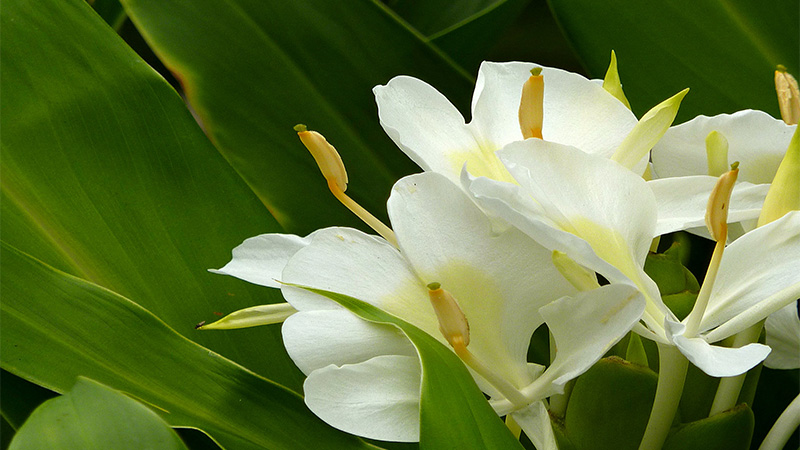 Angelica, known as ngải tiên in Vietnamese, has several other names.
Angelica, known as ngải tiên in Vietnamese, has several other names.
Angelica, or ngải tiên, is known by several other names, including bạch điệp, bạch yến, cỏ tai cọp, sa nhơn, bobo, and cây sẹ by the Dao people of Tả Phìn Hồ. Its scientific name is Hedychium coronarium Koenig, and it belongs to the ginger family (Zingiberaceae).
Origin and Geographical Distribution
 Angelica is native to the tropical regions of Asia.
Angelica is native to the tropical regions of Asia.
Angelica is indigenous to the tropical regions of Asia, particularly India, southern China, Malaysia, Australia, and Vietnam. It thrives in humid conditions and cooler climates, often found in mountainous areas.
In Vietnam, angelica is commonly grown in the provinces of Lào Cai, Lai Châu, Hà Giang, Phú Thọ, and Bắc Cạn, where it flourishes at altitudes ranging from 1400 to 1800 meters.
Characteristics of Angelica
 Distinctive features of the angelica plant.
Distinctive features of the angelica plant.
Morphological Features of Angelica
Angelica shares a similar appearance to other plants in the ginger family, particularly ginger (gừng ta). However, it can be distinguished by its unique characteristics, as described below.
– Stem: Angelica can grow up to 1.5 meters in height. It is a herbaceous plant with a spongy stem enveloped by long, green leaf sheaths.
– Leaves: The leaves are green, sessile, approximately 10 cm wide and 40 cm long, with a lanceolate shape. They grow alternately along the stem, with a glossy upper surface and fine hairs on the underside.
– Flowers: Angelica produces white flowers that bloom in clusters at the top of the plant. Each flower has four petals that spread out like butterfly wings. Within the flower, you will find one to two stigmas. The sepals are entire, resembling a long tube, and the stamens are white.
– Fruit: The fruit of the angelica plant is a deep yellow color when ripe.
– Roots (Rhizomes): The rhizomes of angelica are small, white, and branched, resembling those of galangal. They have a pungent, aromatic flavor.
Classification of Angelica
– White Angelica (Bạch Điệp): This variety is the most commonly used in medicinal preparations.
– Red-flowered Angelica: This type of angelica has red flowers and grows in mountainous regions at altitudes of around 500 to 600 meters, such as in Hòa Bình province.
– Yellow-flowered Angelica: This variety has yellow flowers, red stems and roots, and is predominantly found in the northern mountainous regions of Vietnam.
– White-haired Angelica: This type of angelica is prevalent in the Central Highlands provinces of Lâm Đồng and Kon Tum.
– Broad-leaved Angelica: This variety has significantly larger leaves than the others and is commonly found in Sa Pa, bearing a strong resemblance to bạch điệp.
2. Medicinal Uses of Angelica
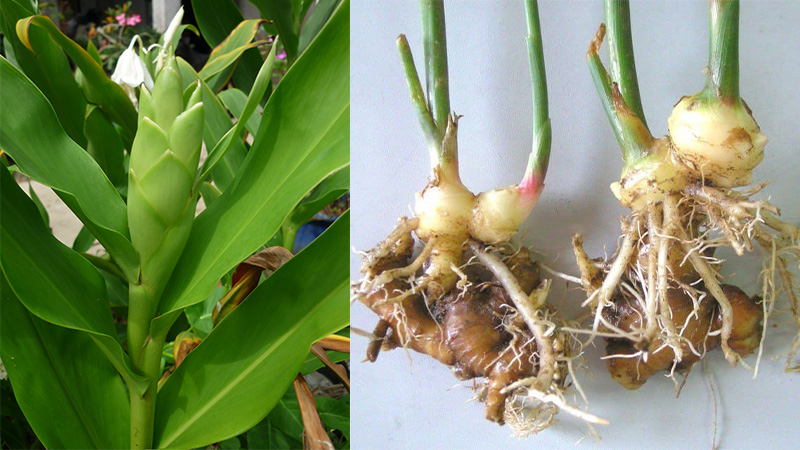 Angelica has a wide range of medicinal applications.
Angelica has a wide range of medicinal applications.
According to Ths.Bs. Bá Thị Châm of the Vietnam Academy of Science and Technology, the roots, flowers, and stems of angelica are the most commonly used parts of the plant in medicine, offering the following benefits:
– The roots and fruits of angelica are effective in treating abdominal pain, bloating, indigestion, gum inflammation, and tonsillitis. The juice extracted from the roots and fruits can be used to treat bad breath, fever, body aches, rheumatism, and muscle soreness. It can be consumed orally or applied topically as a poultice.
– The flowers are used to produce essential oils, which are highly valued in perfumery.
– Fresh roots contain eucalyptol, a common ingredient in insecticides and insect repellents.
– The fruits of angelica are used to treat stomach ailments, bloating, and indigestion.
3. Medicinal Recipes Using Angelica
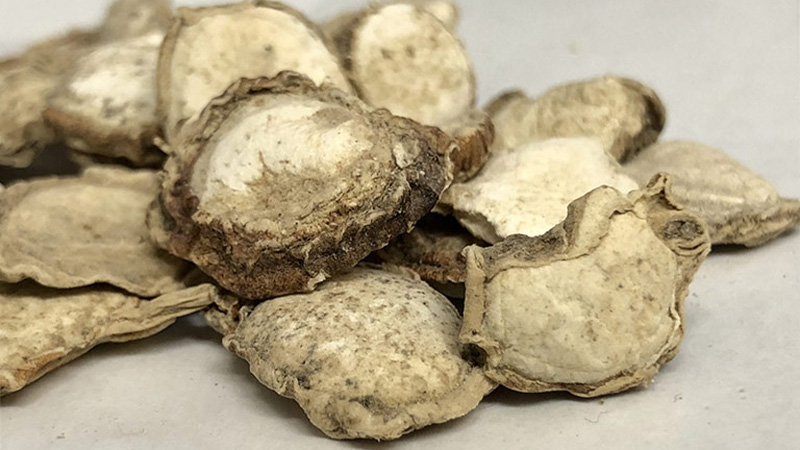 Various medicinal recipes using angelica.
Various medicinal recipes using angelica.
Treating Colitis
Angelica can be used to alleviate colitis with the following dosage:
Infuse 6-12 grams of dried angelica roots in 500 ml of water, simmering on low heat until the liquid is reduced to 200 ml. Consume this infusion daily for 2-3 months.
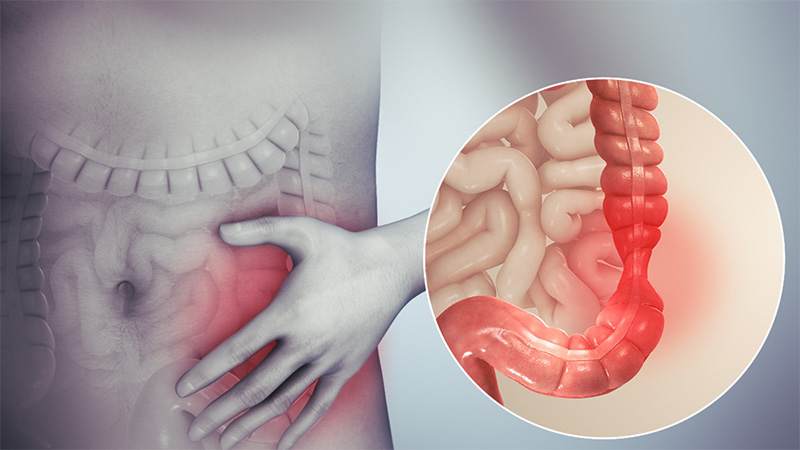 Using angelica to treat colitis.
Using angelica to treat colitis.
Treating Gum Inflammation, Tonsillitis, and Bad Breath
The essential oil derived from angelica is effective in treating oral and throat conditions, as well as bad breath:
Clean and finely chop the roots and stems of the plant. Boil this mixture with water to make an infusion. Use this infusion as a mouthwash, gargling and swishing it in the throat for 5 minutes. This practice will ensure fresh breath and significantly improve gum and throat inflammation within a week.
 Angelica’s efficacy in treating gum inflammation, tonsillitis, and bad breath.
Angelica’s efficacy in treating gum inflammation, tonsillitis, and bad breath.
Alleviating Joint Pain
The following recipes can be used to treat joint pain and prevent the progression of joint conditions into more severe or chronic forms:
Alcohol Infusion:
- Soak 20 grams of dried angelica roots and stems in alcohol for about a month.
- Drink a small glass of this alcoholic infusion daily to alleviate joint pain.
Water Infusion:
- Prepare an infusion by boiling the roots and stems of angelica in water, and consume it 2-3 times a day.
- Daily consumption of this infusion for 10-20 days will provide noticeable relief from joint pain.
- Alternatively, mix 2 teaspoons of powdered angelica roots and stems with a cup of boiling water and drink this infusion throughout the day.
 Treating joint pain with angelica.
Treating joint pain with angelica.
Note: These recipes are most effective for mild symptoms and should be used consistently over an extended period. For more severe conditions, they may only provide supportive relief.
Improving Digestion
Commonly Used Recipes:
- Dry the roots of angelica, then infuse 6-12 grams of the dried roots in 500 ml of water. Drink the infusion once it has reduced by half. Consume daily.
- Grind the dried roots into a fine powder and mix with boiling water. Drink this infusion several times a day.
- Combine equal parts of dried angelica roots, coix seeds (ý dĩ), and hoài sơn. Infuse this mixture in water and consume daily to improve digestion.
For optimal results, combine the herbal treatment with a healthy diet and lifestyle.
 Using angelica to treat digestive issues.
Using angelica to treat digestive issues.
Reducing Fever
The following methods can be used to quickly reduce a fever:
-
Method 1 Pound fresh angelica stems and leaves, along with fresh ngải cứu leaves and a bulb of onion, into a paste. Wrap this paste in a clean cloth and apply it to the forehead.
-
Method 2 Pound fresh angelica roots and stems with onion, fennel (thì là), and ginger (gừng) in equal amounts. Wrap the paste in a thin cloth and apply it to the forehead. Regularly applying this poultice will help bring down a high temperature.
 Using angelica to reduce fever.
Using angelica to reduce fever.
Healing Wounds and Treating Snakebites
Angelica can be used to treat snakebites and wounds as follows:
- Grind fresh angelica roots into a paste, separating the liquid and solid components.
- After providing first aid to the wound, apply the paste to the affected area and bandage it with gauze.
- Drink the separated liquid 2-3 times a day. This treatment will promote wound healing and help eliminate toxins from the body.
 Using angelica to treat snakebites and wounds.
Using angelica to treat snakebites and wounds.
4. Precautions When Using Angelica for Medicinal Purposes
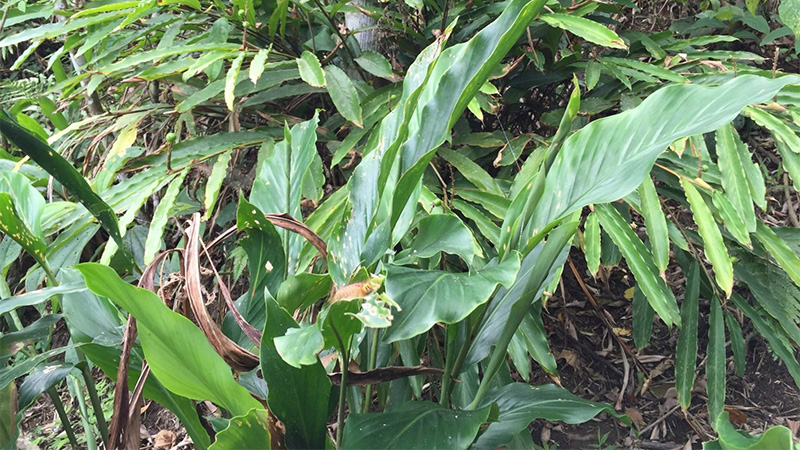
Important Considerations When Using Angelica
- While angelica offers numerous therapeutic benefits, it is essential to keep the following in mind when using it medicinally:
- Avoid combining angelica with multiple medications, as it may interact with other drugs.
- For noticeable results, it is crucial to use angelica consistently over an extended period.
- Due to its resemblance to other ginger family plants, proper identification of angelica is essential before using it as a medicinal herb.
- Discontinue use and consult a doctor immediately if you experience any unusual symptoms or side effects during treatment with angelica.
5. Where to Buy Angelica and Price Range












